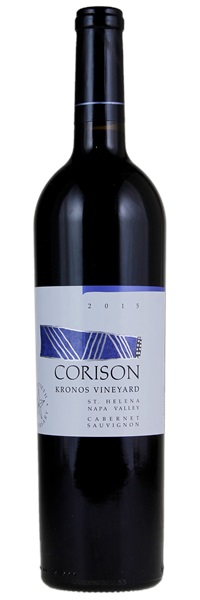Removed from a professional wine storage facility; Purchased direct from winery; Consignor is original owner

Image above is an example. To view the image of the lot, click the item number.
Estimate
Phenomenal aromas of dried flowers, pine nuts, bark, wet earth and currants. Boysenberries, too. Changes all the time. Peppermint tea, blue fruit and crushed stones. Full body with integrated and chewy tannins.
...dark, brooding wine...tannins are pretty soft...compensates with its pure sensuality and open-knit appeal.
Cassis, red currant and floral elements make for an inviting entry of aromatics that is followed by substantial structure and classic herbal undertones. A pillowy body of balanced elegance is met by an earthy, leathery finish of complex beauty.
A juicy, bright, slightly high-pitched style, with red currant, pomegranate and damson fruit notes laced with light graphite, anise and briar accents. The resulting contrast gives this a racy, distinctive feel. Lovely length.
Sweet blackcurrant, black cherry and savoury, toasted spices on the nose. Very refined on the palate, with super-sweet tannins for a velveteen texture and pure driven cassis at the core. Great intensity builds through the mid palate but this remains ethereal and elegant throughout with fresh acidity and moderate alcohol. Great drive and length on the finish.